2006 Ford Expedition Brake Rotors and Pads
Click here to search another vehicle
All Rotors:
OEM x
Coated x
Drilled, Slotted and Coated x
Front x
Rear x
All Pads:
Ceramic x
Semi-metallic x
Front x
Rear x
Found 5 record
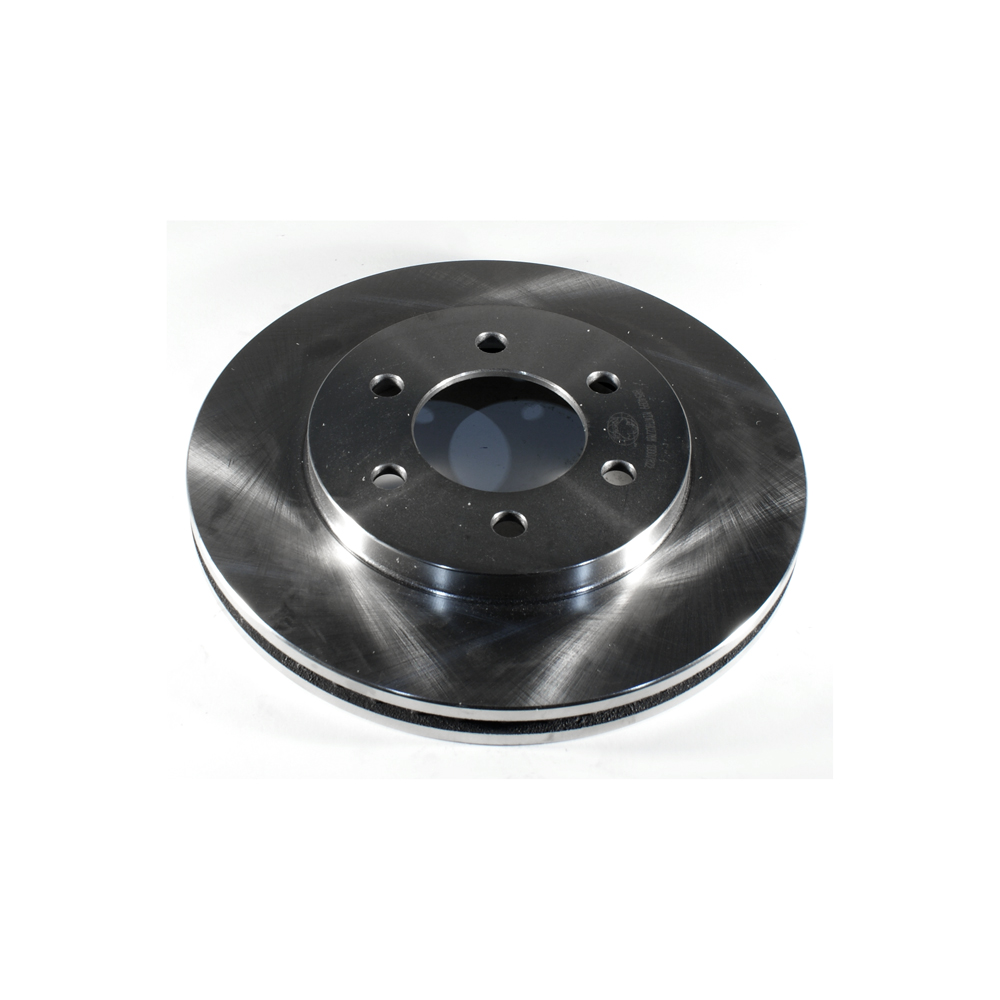
Part No: BR54099
Raybestos: 680105
OE: 2L1Z1125AA
Raybestos: 680105
OE: 2L1Z1125AA
$51.46 each
Per Car QTY: 2
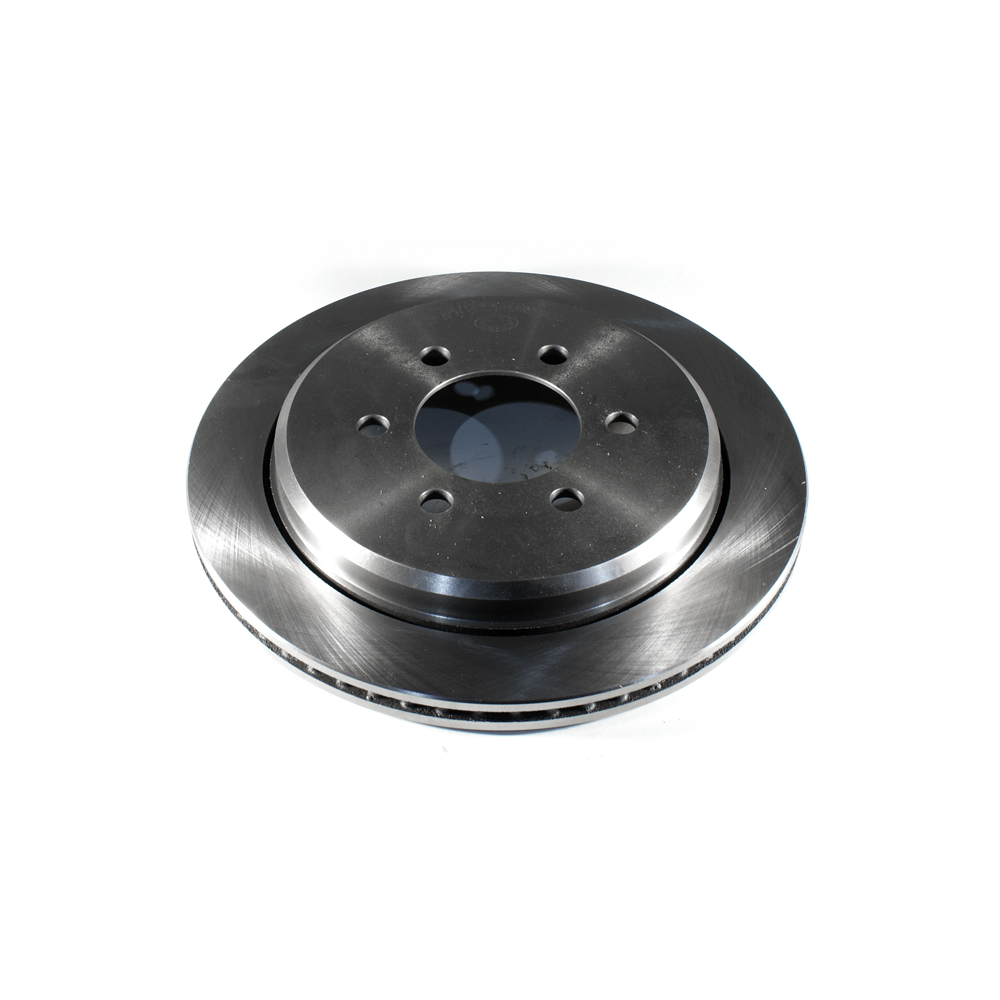
Part No: BR54100
Raybestos: 680106
OE: 2L1Z2C026AA
Raybestos: 680106
OE: 2L1Z2C026AA
$42.89 each
Per Car QTY: 2
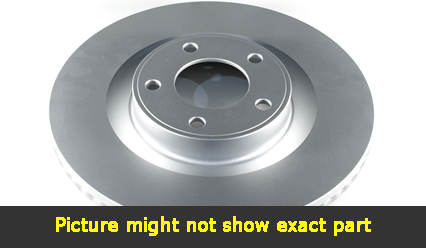
Part No: PP54099
Raybestos: 680105
OE: 2L1Z1125AA
Raybestos: 680105
OE: 2L1Z1125AA
$73.03 each
Per Car QTY: 2
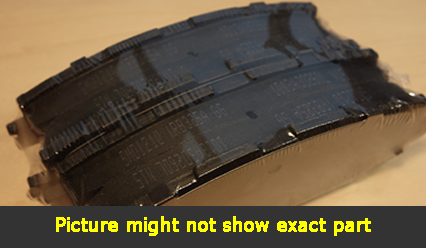
Part No: SMD934
Raybestos:
OE:
Raybestos:
OE:
$34.69 each
Per Car QTY: 1
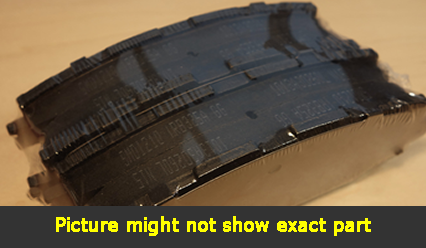
Part No: SMD935
Raybestos:
OE:
Raybestos:
OE:
$29.48 each
Per Car QTY: 1
When it comes to safety, one of the most crucial components of any vehicle is its braking system. This holds true for the 2006 Ford Expedition as well. As a full-size SUV, the Expedition is built to handle heavy loads and provides ample space for passengers and cargo. Ensuring that your brake system is in top condition is essential for a vehicle of this size and weight. Let's delve into the brake system of the 2006 Ford Expedition and discuss some important aspects to take note of.
The braking system of the 2006 Ford Expedition consists of various components that work together to provide optimal stopping power. These components include the brake pads, brake rotors, calipers, and brake lines. Understanding how each of these parts contributes to the overall functioning of the brake system is important for vehicle owners.
First and foremost, the brake pads are responsible for creating the friction needed to slow down or stop the vehicle. When you press the brake pedal, hydraulic pressure is applied to the brake pads, which then clamp down onto the brake rotors. This action creates the necessary friction to bring the Expedition to a halt. Over time, the brake pads wear down due to this constant friction, so periodic inspection and replacement are necessary to maintain optimal braking performance.
Secondly, the brake rotors play a crucial role in the braking system of the 2006 Ford Expedition. The rotors are the large, flat discs that the brake pads clamp down on. They are attached to the wheels and rotate with them. As the brake pads press against the rotors, the resulting friction slows down the rotors and, in turn, the wheels. The heat generated by this friction is quickly dissipated through the vented design of the rotors to prevent overheating. Regular inspection of the rotors is important to ensure they are not warped or worn beyond a safe limit, which can negatively affect braking performance.
Next, the calipers are responsible for applying the necessary force to the brake pads, which then come into contact with the rotors. These calipers contain pistons that push against the brake pads when the brake pedal is applied. It is essential to ensure that the calipers are functioning correctly to maintain consistent braking power. Periodic inspection and maintenance of the calipers is crucial to identify any issues before they become major problems.
Lastly, the brake lines of the 2006 Ford Expedition carry the hydraulic fluid that transfers the pressure from the brake pedal to the brake calipers. These lines are made of steel or another durable material to withstand high pressure. Over time, brake lines can develop leaks or become worn, compromising the brake system's integrity. Regular inspection is necessary to detect any potential issues and ensure the brake lines are functioning optimally.
In conclusion, the braking system of the 2006 Ford Expedition is a critical component for maintaining safety on the road. Regular inspection and maintenance of the brake pads, rotors, calipers, and brake lines are essential to ensure optimal braking performance. Neglecting to properly maintain the brake system can lead to reduced stopping power, increased braking distances, and even compromised safety. By making brake system maintenance a priority, owners of the 2006 Ford Expedition can enjoy peace of mind knowing their vehicle is equipped with reliable and efficient brakes.
The braking system of the 2006 Ford Expedition consists of various components that work together to provide optimal stopping power. These components include the brake pads, brake rotors, calipers, and brake lines. Understanding how each of these parts contributes to the overall functioning of the brake system is important for vehicle owners.
First and foremost, the brake pads are responsible for creating the friction needed to slow down or stop the vehicle. When you press the brake pedal, hydraulic pressure is applied to the brake pads, which then clamp down onto the brake rotors. This action creates the necessary friction to bring the Expedition to a halt. Over time, the brake pads wear down due to this constant friction, so periodic inspection and replacement are necessary to maintain optimal braking performance.
Secondly, the brake rotors play a crucial role in the braking system of the 2006 Ford Expedition. The rotors are the large, flat discs that the brake pads clamp down on. They are attached to the wheels and rotate with them. As the brake pads press against the rotors, the resulting friction slows down the rotors and, in turn, the wheels. The heat generated by this friction is quickly dissipated through the vented design of the rotors to prevent overheating. Regular inspection of the rotors is important to ensure they are not warped or worn beyond a safe limit, which can negatively affect braking performance.
Next, the calipers are responsible for applying the necessary force to the brake pads, which then come into contact with the rotors. These calipers contain pistons that push against the brake pads when the brake pedal is applied. It is essential to ensure that the calipers are functioning correctly to maintain consistent braking power. Periodic inspection and maintenance of the calipers is crucial to identify any issues before they become major problems.
Lastly, the brake lines of the 2006 Ford Expedition carry the hydraulic fluid that transfers the pressure from the brake pedal to the brake calipers. These lines are made of steel or another durable material to withstand high pressure. Over time, brake lines can develop leaks or become worn, compromising the brake system's integrity. Regular inspection is necessary to detect any potential issues and ensure the brake lines are functioning optimally.
In conclusion, the braking system of the 2006 Ford Expedition is a critical component for maintaining safety on the road. Regular inspection and maintenance of the brake pads, rotors, calipers, and brake lines are essential to ensure optimal braking performance. Neglecting to properly maintain the brake system can lead to reduced stopping power, increased braking distances, and even compromised safety. By making brake system maintenance a priority, owners of the 2006 Ford Expedition can enjoy peace of mind knowing their vehicle is equipped with reliable and efficient brakes.


